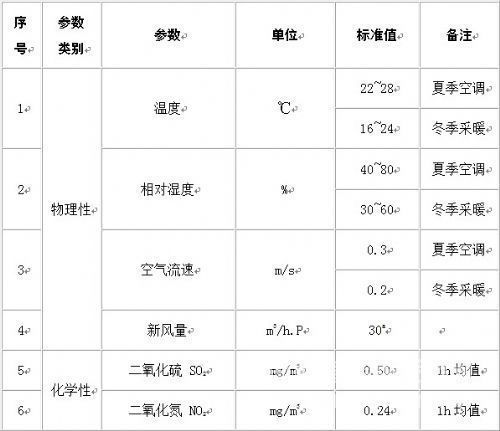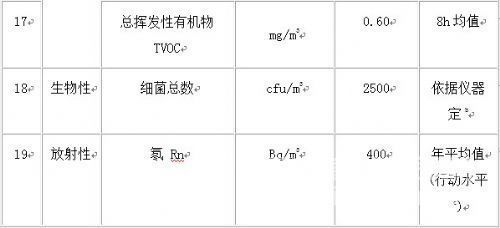China's first "Indoor Air Quality Standard" was formally implemented on March 1, 2003. Propaganda and implementation of the "Indoor Air Quality Standards" are of great significance for continuously raising people's awareness of the indoor environment, promoting industries and enterprises related to the indoor environment to regulate their behaviors in terms of the indoor environment, and protecting the health of the people. But, as consumers, do you understand this standard? How can you protect yourself with the standard? For this reason, Song Guangsheng, director of the Indoor Environment Monitoring Center of the China Interior Decoration Association, who once participated in the discussion and formulation of the standard, answered the reader ’s concerns:
(1) Formulating the guiding ideology of "Indoor Air Quality Standards"
(1) Principle. "Indoor Air Quality Standards" is based on the relevant national policies and regulations concerning people's health, and is formulated with the ultimate goal of protecting human health.
(2) Scientific. The formulation of environmental quality standards should reflect the unification of production practices and scientific research results. The determination of indoor environmental quality evaluation standards is based on environmental health benchmarks and epidemiological investigations, extensive research and scientific verification, and is based on sufficient scientific data.
(3) Particularity. In the process of formulating the standard, it is formulated by understanding the current status and development trend of foreign indoor environmental protection, selectively absorbing the advanced parts of foreign indoor environmental protection, and closely combining China's national conditions, environmental characteristics, economic and technological conditions.
(4) Operability. In the process of formulation, the opinions of the general public are fully listened to, so that the standard monitoring methods and evaluation methods are matched to ensure that the standards are operable in practical applications.
(2) Features of "Indoor Air Quality Standards"
One is international. The standard introduces the concept of indoor air quality and is established on the basis of drawing on relevant foreign standards. The concept of indoor air quality (IAQ) appeared in some western developed countries in the late 1970s. This time we have clearly defined the standard as indoor air quality, indicating that our country is closer to the world after joining the WTO.
The second is comprehensiveness. The control indicators for indoor environmental pollution are wider. The control items specified in the standard include not only chemical pollution, but also physical, biological, and radioactive pollution. Among the chemical pollutants, there are not only familiar pollutants such as formaldehyde, benzene, ammonia, radon, etc., but also 13 chemical pollutants such as respirable particulate matter, carbon dioxide, and sulfur dioxide.
The third is targeted. The standard is closely integrated with the actual situation in China, that is, considering the fresh air volume, temperature and humidity, and formaldehyde, benzene and other pollutants in developed areas and urban buildings. At the same time, some undeveloped areas have used raw coal for heating and cooking. Indoor pollution of carbon monoxide, carbon dioxide and nitrogen dioxide.
The fourth is forward-looking. The standard adds the requirement that “indoor air should be non-toxic, harmless, and without abnormal smell†to make the standard more applicable.
The fifth is authority. The promulgation and implementation of standards provide a powerful weapon for consumers to solve their own pollution problems.
Sixth, it is complete. "Indoor Air Quality Standards" and the "Standards for Indoor Environmental Pollution Control of Civil Buildings" issued by the National Standards Committee and ten "Limits of Harmful Substances for Interior Decoration Materials" together constitute a relatively complete indoor environmental pollution control in China The evaluation system is of great significance to protect the health of consumers and develop China's indoor environmental cause.
(3) Main control indicators of "Indoor Air Quality Standards"



(4) What are the differences between the indoor environment and related standards formulated by the country?
In order to protect the health of the people, in recent years, the state has formulated the "Code for Indoor Environmental Pollution Control of Civil Construction Engineering", ten "Limits of Harmful Substances for Interior Decoration Materials" and "Indoor Air Quality Standards". However, what are the similarities and differences between these standards? There are mainly the following aspects:
First, the control period is different from the target:
Taizhou Pinsum Furniture Co.,Ltd , http://www.pinsumchina.com